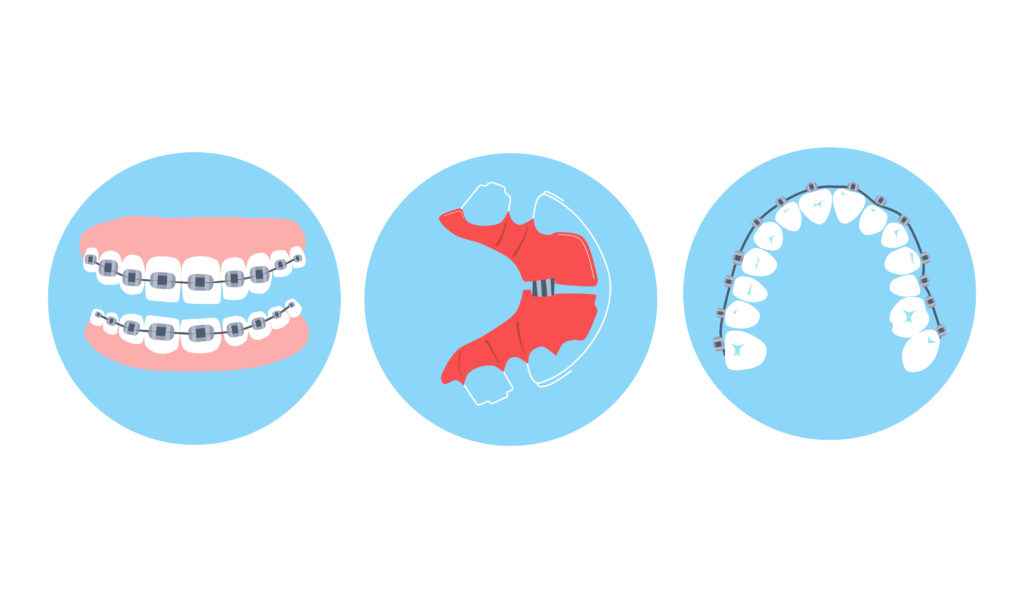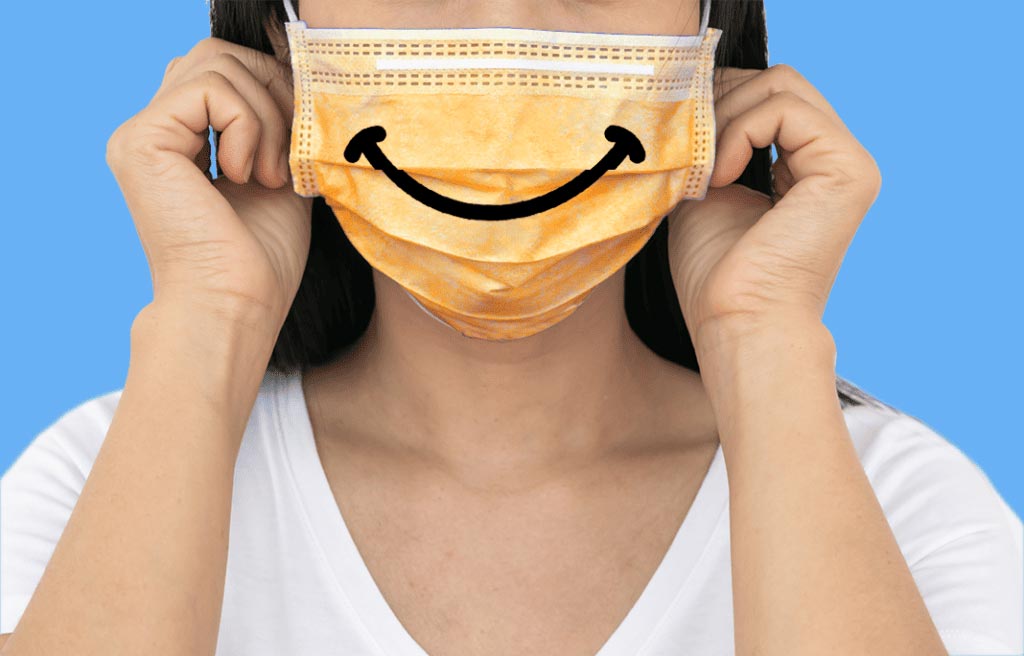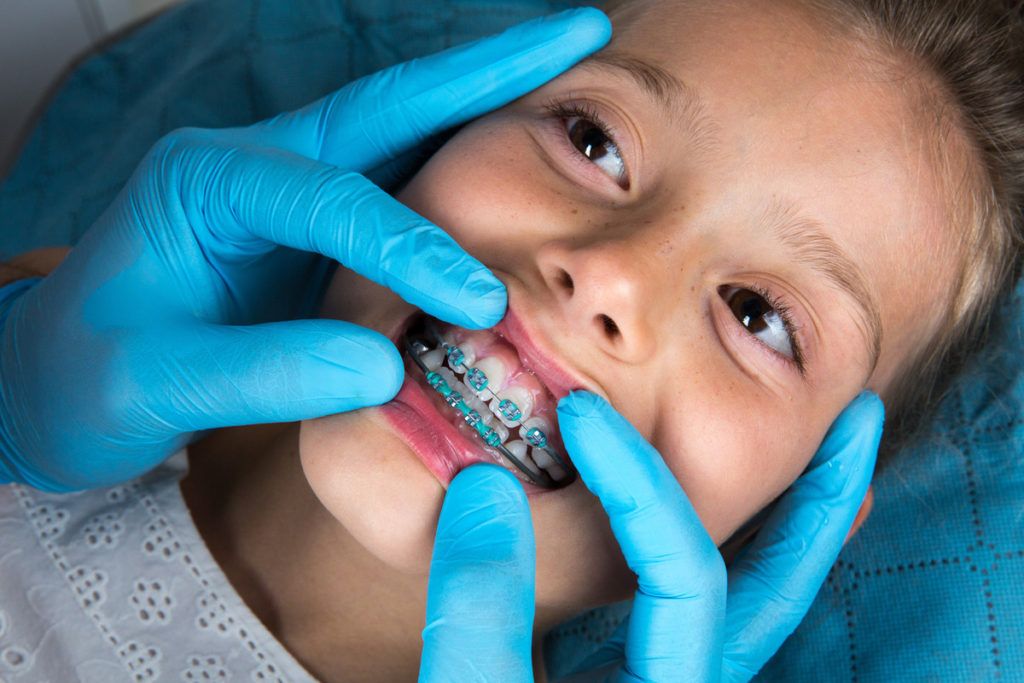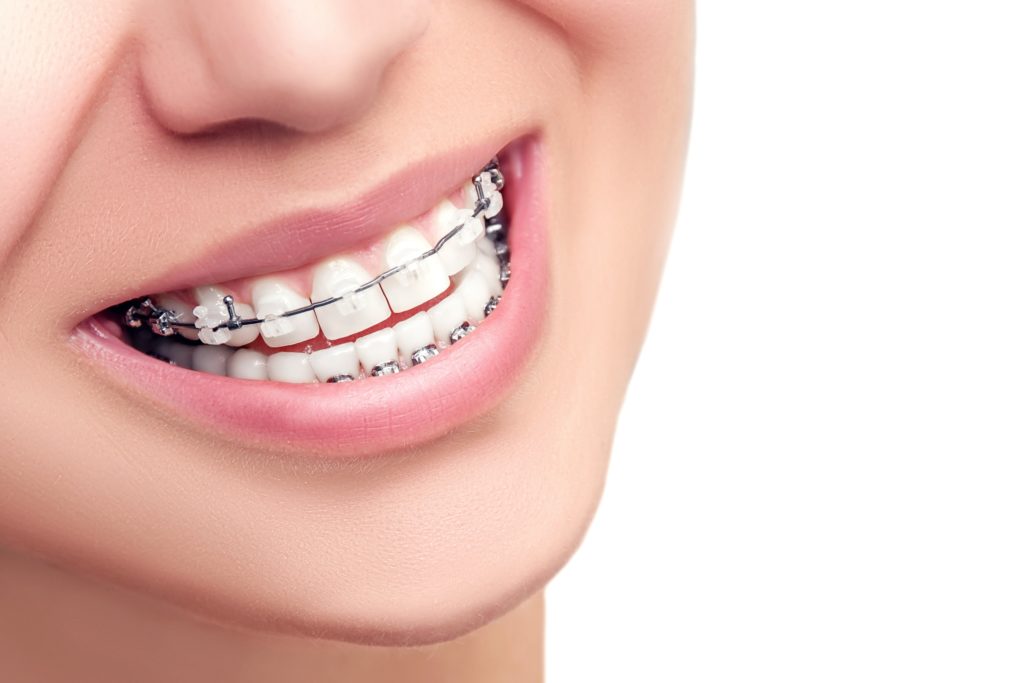December 17, 2021
As you and/or your child prepare for the coming appointment where your wires and brackets will be applied, it’s natural to feel on edge. Particularly for those who anticipate some level of pain, a fine thread of fear may even creep in, making it more difficult to feel excited for the orthodontic journey to come.
Thankfully, we can help to assuage those fears.
If you have questions about what discomfort you may experience, or how best to avoid future discomfort, simply read on below:
The Particular Pains of Orthodontics
When a patient first has their braces applied, they might not experience any immediate pain or discomfort.
“However, within a few hours, the gentle pressure that the braces put on the teeth will start to take effect,” as reported by Medical News Today. “The pressure of the braces slowly pulling the teeth into alignment can create pain and discomfort, which could last from a day or two to about a week.”
To put it simply, braces-related discomfort is perfectly normal.
That being said, if the pain is sharp, debilitating, or lasts more than a week, it is time to contact your orthodontist to determine what may be wrong.
The Challenge of Chewing
The consistency of some foods is liable to break, bend, or otherwise damage orthodontic appliances. Hard and/or sticky snacks, in particular, are the most likely to cause such difficulties.
“Any food that you need to bite into to eat is prime for breaking braces,” according to the American Dental Association (ADA). “You can get around this by cutting the food, such as corn off the cob or rib meat off the bone, or slicing apples and chopping carrots into small, bite-size pieces.”
Otherwise, we recommend generally steering clear of some of the following foods:
- Nuts
- Popcorn
- Gummies
- Gum
- Hardshell tacos
- Pizza crust
- Hard crackers
- And more
Safe, Comfortable Smiles with SouthShore
Should food pull a wire or bracket out of place, don’t panic — you might be able to correct it at home.
Cleveland Clinic, for example, recommends using the eraser end of a pencil to try to gently push it back into position. However, “if you can’t reposition the wire, cover the end with orthodontic wax, a small cotton ball, or piece of gauze until you can get to your orthodontist’s office.”
SouthShore Orthodontics, for example, will be there should you find yourself in need of emergency orthodontic care!
To learn more about what may constitute an orthodontic obstacle, or if you’re ready to schedule an appointment with our skilled team, contact us today by calling 813-815-0080. We offer exceptional service in a relaxing environment, and we can’t wait to keep you smiling!










